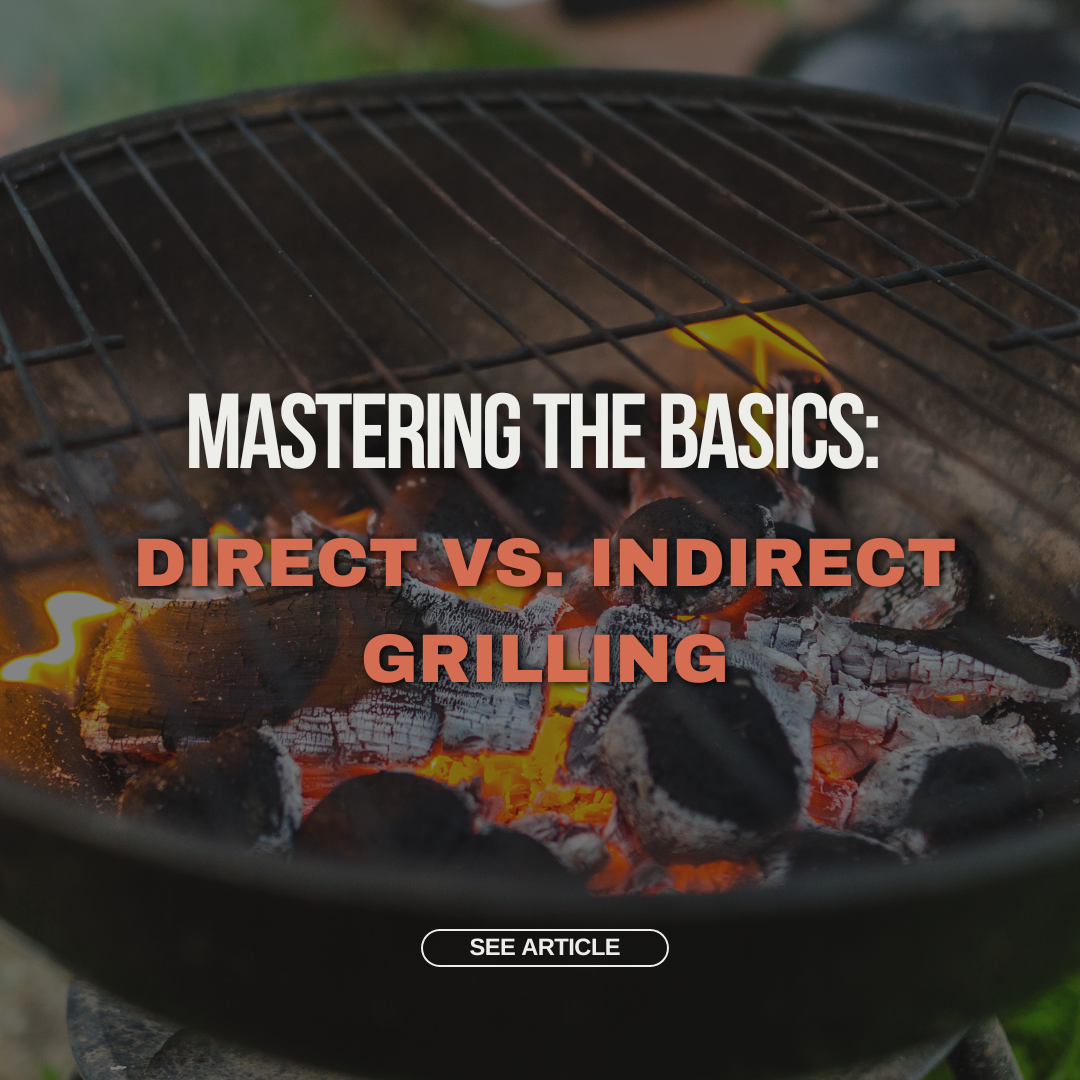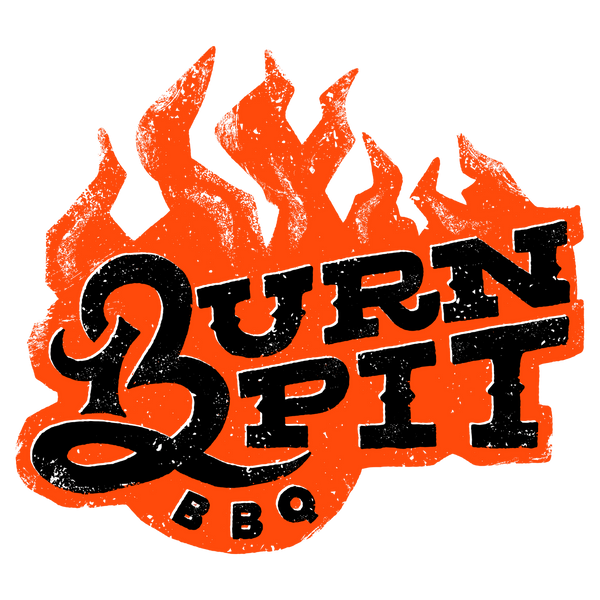
Mastering the Basics: Direct vs. Indirect Grilling
Share
Mastering the Basics: Direct vs. Indirect Grilling
When it comes to grilling, understanding the difference between direct and indirect heat is a game-changer. These two methods form the foundation of almost every successful barbecue, and knowing when and how to use them can elevate your grilling from good to legendary. Whether you’re cooking over charcoal or using a gas grill, mastering heat zones is essential. Let’s break down these methods so you can confidently choose the right technique for every meal.
What Is Direct Grilling?
Direct grilling involves cooking food directly over the heat source. This method is ideal for foods that cook quickly, as it delivers high, intense heat that creates those classic grill marks and caramelized flavors we all love.

Best Foods for Direct Grilling:
- Steaks, burgers, and hot dogs
- Pork chops and lamb chops
- Fish fillets and shrimp
- Vegetables like zucchini, asparagus, and peppers
Advantages of Direct Grilling:
- Quick cooking time
- Adds a smoky, charred flavor
- Perfect for achieving a good sear
How to Set Up for Direct Grilling:
- Charcoal Grill: Spread an even layer of lit charcoal across the bottom of the grill.
- Gas Grill: Turn on all burners to medium-high or high heat.
- Preheat the grill for 10-15 minutes to ensure the grates are hot.
Pro Tip: Keep a close eye on your food—direct heat can cause flare-ups and burn food if left unattended.
What Is Indirect Grilling?
Indirect grilling, on the other hand, involves cooking food next to the heat source rather than directly over it. This technique uses lower, more even heat, making it ideal for larger cuts of meat or foods that require longer cooking times.

Best Foods for Indirect Grilling:
- Whole chickens and turkeys
- Ribs and brisket
- Pork shoulders
- Large roasts or bone-in cuts
Advantages of Indirect Grilling:
- Prevents burning and uneven cooking
- Allows for low-and-slow cooking, which tenderizes meat
- Creates a more controlled cooking environment
How to Set Up for Indirect Grilling:
- Charcoal Grill: Arrange the lit charcoal on one side of the grill, leaving the other side empty. For longer cooks, use a drip pan under the empty side to catch fat and juices.
- Gas Grill: Turn on one or two burners, leaving the others off to create a cooler zone.
- Place the food over the unlit portion of the grill and close the lid.
Pro Tip: Use a meat thermometer to monitor internal temperatures, ensuring your food is cooked to perfection.
When to Use Each Method
The choice between direct and indirect grilling often depends on the type of food you’re cooking and the result you want to achieve.
Use Direct Grilling When:
- Cooking thin cuts of meat that benefit from high heat.
- You want to create a crispy exterior or sear.
- The cooking time is 20 minutes or less.
Use Indirect Grilling When:
- Cooking large cuts of meat that need time to cook through.
- Smoking or slow-cooking foods for tender results.
- You’re baking items like pizza or bread on the grill.
Combining Direct and Indirect Grilling
Many grilling pros use a combination of both methods to achieve the best results. For example:
- Reverse Sear: Start a thick steak over indirect heat to cook it evenly, then finish with direct heat for a flavorful crust.
- Crispy Chicken: Cook chicken on indirect heat to ensure it’s cooked through, then move to direct heat for a crispy, golden skin.
Helpful Tips for Beginners
- Use a Two-Zone Setup: Always set up your grill with a hot zone (direct heat) and a cooler zone (indirect heat). This gives you flexibility to adjust as needed.
- Preheat Properly: A well-preheated grill ensures better cooking results and prevents food from sticking.
- Keep the Lid Closed: Resist the urge to lift the lid too often, especially when using indirect heat. The lid traps heat and helps cook food evenly.
- Invest in a Thermometer: A good grill thermometer takes the guesswork out of grilling and ensures perfect results every time.
Extra Flavor and Pairing Ideas
- For Direct Grilling: Try marinating your meats or using a flavorful dry rub like Burn Pit BBQ’s All Ration to enhance the charred flavors.
- For Indirect Grilling: Add wood chips to your coals or a smoker box for an extra layer of smoky goodness.
- Pair your grilled creations with sides like coleslaw, grilled corn, or baked beans for a complete meal.
FAQ
Q: Can I switch between direct and indirect heat during cooking? A: Absolutely! Many recipes benefit from starting on one method and finishing on the other, such as reverse-seared steaks or smoked chicken wings.
Q: What temperature is considered direct heat? A: Direct grilling typically uses temperatures between 400-600°F, while indirect heat usually stays between 250-375°F.
Q: Can I use indirect heat for vegetables? A: Yes! Indirect heat works great for roasting larger vegetables like whole sweet potatoes or squash.
Call to Action
Ready to take your grilling to the next level? Whether you’re searing steaks or smoking brisket, mastering direct and indirect grilling will transform your backyard barbecue game. Try these techniques during your next cookout, and don’t forget to check out Burn Pit BBQ’s premium rubs and seasonings to add even more flavor to your creations. Happy grilling!
